Why we treat ceramic packing like a professional mission
A single poorly packed ceramic can cost hundreds — and a crate of antiques can be ruined in one jolt. We refuse to gamble with fragile cargo.
Fragile ceramics demand more than a roll of bubble wrap and hope. In this article we explain our approach to packing ceramics for international shipping so pieces arrive intact and customs-clear. We outline common transit risks, the protective materials and tools we rely on, scenario-based methods for plates, bowls, vases, figurines and sets, and the documentation and insurance steps that reduce delays and claims.
Our goal is a repeatable process and checklist so we can pack confidently, whether sending a single mug or crate of valuable antique vases.
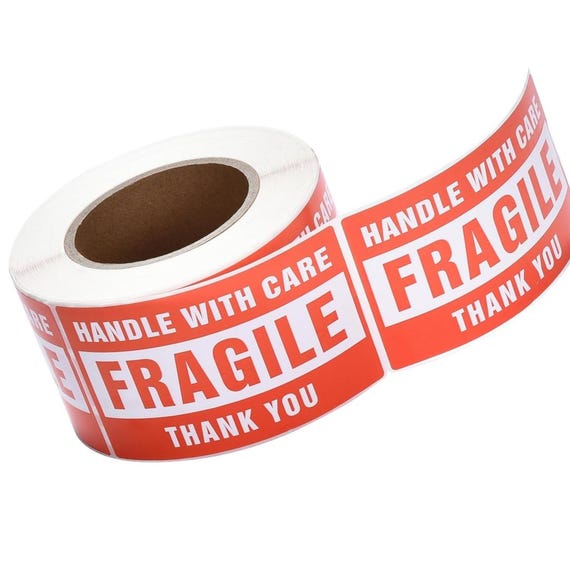
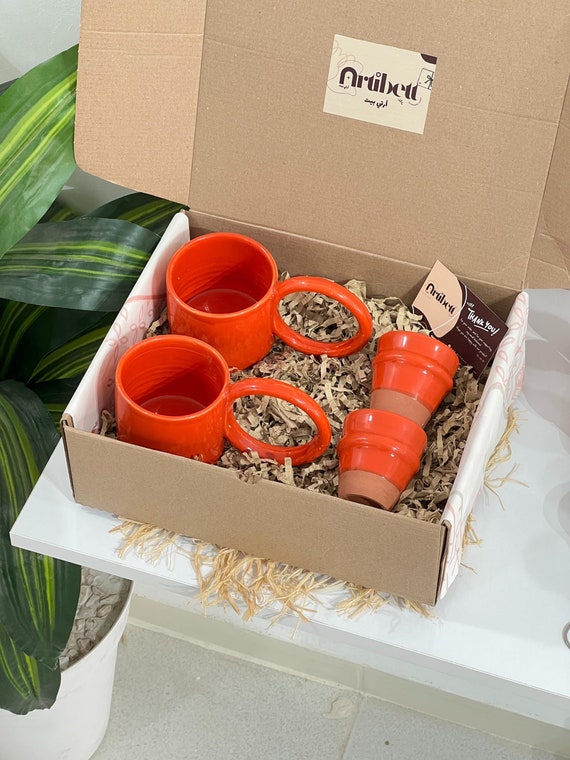
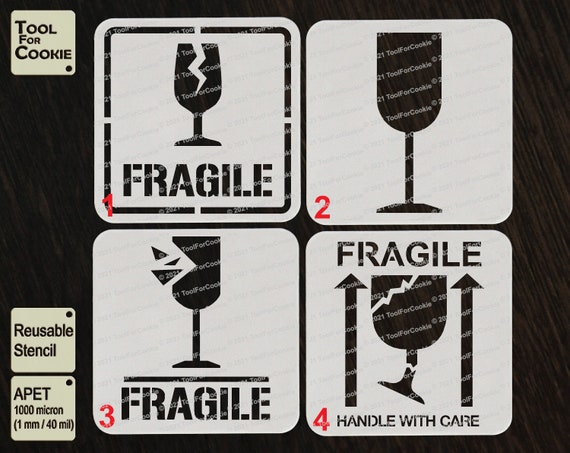
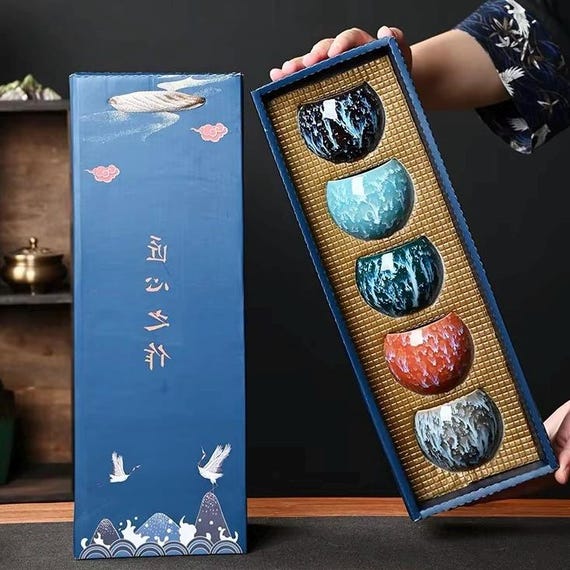
How to Pack Pottery for Safe Shipping
Assessing risks and transit scenarios before we pack
We start every job by evaluating the piece and the route it will travel — that assessment determines everything from material choices to whether we crate or double-box. Below are the specific risks and factors we check before we touch glue or foam.
Common damage modes we plan for
We look for five failure types and choose protections accordingly:
A quick tip: for vibration-prone routes we prefer closed-cell foam (e.g., Ethafoam) over standard bubble wrap.
How air, sea and road change our choices
Check carrier guides — FedEx, UPS and major freight companies publish size/weight/packaging rules that can force a different box or crate design.
Item-specific factors we assess
We run a short checklist before choosing materials:
How transit time, handling frequency and customs shape packaging
These assessments let us pick the exact materials and process that minimize claims and keep fragile ceramics intact in real-world shipments.
Selecting protective materials and tools that actually work
We rely on the right materials more than miracles. Choosing the correct cushion, structure, and hardware is about matching physics to fragility — and about using tools that make repeatable, high-quality packing fast.
Cushioning: what we pick and why
Bubble wrap comes in small (3/16″), medium (5/16″) and large (1/2″) bubbles. Small bubbles protect delicate surfaces and fill gaps; large bubbles absorb big impacts and are lighter per volume. For vibration damping we prefer closed-cell polyethylene (Plastazote/Ethafoam); for pliable, high-damping layers we use cross-linked polyurethane foam. Molded foam inserts (CNC-cut or vacuum-formed PE trays) give repeatable protection for sets and high-value items — in one museum project they cut claims by ~60% versus loose wrap.
Loose-fill vs paper:
When a hollow vase is especially vulnerable we use foam-in-place (Instapak) to create a custom shell; for lighter, eco options we use honeycomb wrap for edge protection.
Structural supports: boxes and board
Corrugated choices matter: flute type and wall count change crush resistance and cushioning. Quick rules:
Check ECT (Edge Crush Test) and burst strength when specifying boxes. For reusable internal bracing we use 200–300 lb-rated corrugated pads and laminated honeycomb board.
Specialty elements and a quick visual aid
Corner protectors, edge guards (cardboard or plastic), and slip sheets are inexpensive damage preventers. Shock/tilt indicators and tamper tape add accountability for valuable shipments.
Adhesives, strapping, desiccants
We standardize on:
Strapping: PET (polyester) for high-tension loads; polypropylene for economy. Always add desiccant packets and a vapor-barrier bag for sea freight or antiques.
Tools and sustainability trade-offs
Tools we recommend:
Sustainability: we favor recycled kraft, molded pulp, and reusable foam inserts for repeat returns. We avoid EPS loose-fill except when no recyclable alternative can meet protection needs — then we insist on returnable inserts.
Next, we’ll put these materials into action with step-by-step packing methods for plates, bowls, vases, figurines and sets.
Step-by-step packing methods for plates, bowls, vases, figurines and sets
We walk through repeatable, on-the-floor procedures we use every day. Short, actionable steps for each common scenario — the kind that cut claims and keep customers smiling.
Plates and shallow items
How we handle single plates or stacks:
- Clean, then wrap each plate face-to-face with interleaving acid-free tissue or bubble wrap (small 3/16″ bubbles for thin china).
- For single plates: wrap fully with two layers (one cushioning, one outer Kraft) and use a cardboard round or foam pad on both faces.
- For stacks: use corrugated dividers between plates; assemble as a single-stack or nested stack depending on thickness.
- Choose a snug double-wall box allowing 2–3″ of protective cushion around the stack; place stack vertically for large plates to reduce bending stress.
- Fill voids with crumpled kraft and seal with water-activated tape.
Supplies we reach for:
A quick field note: we once moved a set of 24 antique dessert plates vertically with dividers and had zero damage over a cross-country truckload.
Bowls, cups and stemware
Bowls and cups need internal and outer cushioning:
Tip: for busy runs we use reusable foam cup trays (CNC-cut) — they speed packing and standardize protection.
Vases and figurines
Odd shapes demand bespoke supports:
- Create a base cradle: dense foam or layered corrugated pads shaped to the item’s contours.
- Use foam blocks or Instapak (foam-in-place) for necks, handles and protrusions; secure larger pieces to the box base with hot-glue dots or strapping to prevent sliding.
- Wrap exterior with cross-linked foam or multiple layers of bubble, then add corner guards.
- Choose a double- or triple-wall box depending on weight and use ample void-fill so the item never contacts the box walls.
We once packed a porcelain swan by building a foam saddle and strapping it to the base — it arrived intact after air freight turbulence.
Sets and nested pieces
Decide divider vs custom insert:
Final verification (our quick checklist before sealing):
Next we’ll show how to tailor these methods to parcel, pallet and crate scenarios.
Tailoring packaging to shipment size and value — small parcel, pallet, and crate scenarios
Different shipment modes demand different strategies. Below we break down our go-to approach for single-item couriers, palletized truckloads, and museum-grade crating — with clear “do this” steps you can use today.
Small parcel (couriers and UPS/FedEx)
For single items or small sets we expect rough handling and conveyor impacts. Our rules of thumb:
Palletized shipments (multiple items, warehouse handling)
When items travel as part of a pallet load we focus on unitizing and load stability:
Custom crating (high-value, museum-grade)
For irreplaceable or high-value ceramics we build to withstand stacking, lifting and long hauls:
Next we’ll move into labels, documentation, insurance thresholds and the final pre-shipment checklist we rely on to close the loop.
Labels, documentation, insurance and the final pre-shipment checklist we use
We close the practical guidance with the administrative steps that actually reduce claims, clearance delays, and hand-off errors. Below are the conventions and tools we rely on so paperwork and evidence match the care we put into packing.
Labeling — clear, standardized, and durable
We use international handling symbols (orientation arrows, umbrella for moisture, etc.) and clear text instructions. Key tips:
Photo documentation — your best claim prevention
Photos and short video before shipment are evidence that carriers and customs will ask for. We capture:
Customs paperwork — what to include and common pitfalls
A complete commercial invoice is non-negotiable:
Insurance and claims — how we choose declared value
We insure to full replacement cost (item + shipping + duties). Notes:
Our final pre-shipment checklist
With paperwork and evidence locked in, we’re ready to move to the final wrap-up and packing philosophy in the Conclusion.
Pack once, ship confidently
When we combine risk assessment, the right materials, scenario-specific methods, and thorough documentation, we dramatically cut damage and costly claims. Use our step-by-step packing methods and checklist to standardize your process, adapt to each shipment’s size and value, and make decisions based on predictable outcomes rather than guesswork. Consistency turns fragile shipments into routine ones.
Maintain these habits—proper padding, secure inner packaging, correct external protection, clear labeling, and accurate paperwork—and fragile ceramics arrive as intended. Make the checklist part of every job. If we do, claims and headaches become rare exceptions rather than the norm. Start now: pack clearly, document fully, and ship with confidence. Contact us or adopt these standards in your operation to protect value and reputation today.


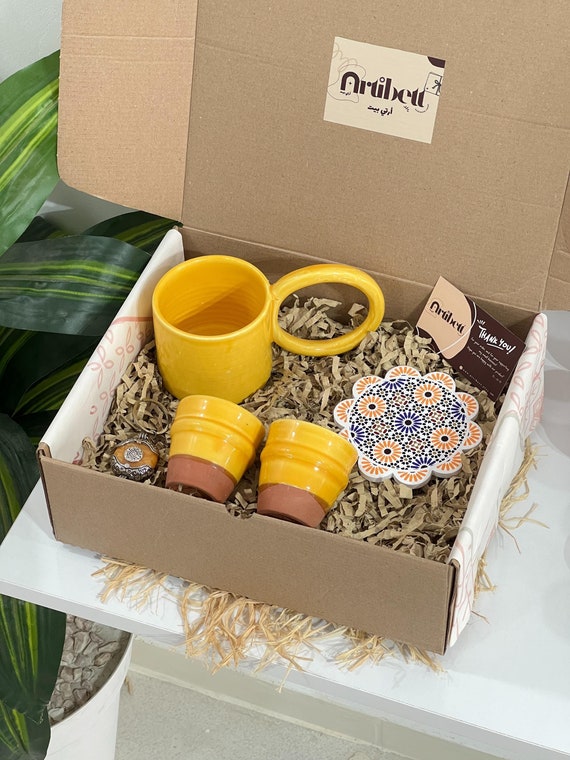


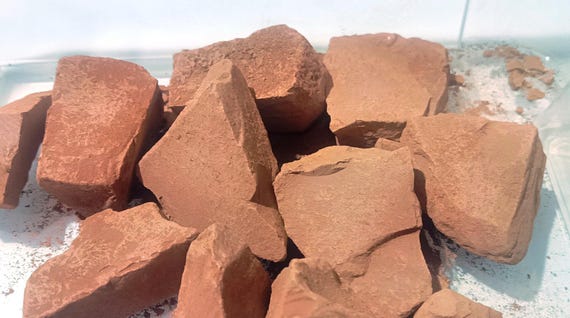
Short and practical. I appreciated the section on pallet vs crate — I always wondered when to upgrade from a small parcel to a crate for heavier vases. The checklist at the end is handy to print and tape to my packing table.
I moved to crates for overseas shipments and haven’t looked back. Pallets still ok for sturdy sets but anything with delicate glazes gets the crate treatment here.
Good point about glazes — kiln-change finishes can be extra prone to microcracks under vibration, worth the crate.
Glad it helped, Carlos. A quick rule of thumb we mention: if the total declared value or fragility risk feels beyond what a single courier box can protect, move to pallet/crate. Also consider insurance thresholds.
Tiny gripe: the article talked about ‘assessing transit scenarios’ but didn’t list common courier damage types (compression, shock, moisture). A small table or quick bullets would help newbies. Otherwise, excellent — the fragile label roll link is exactly what I need for my weekend shipping spree!
Yes, moisture protection is easy to forget. A desiccant sachet inside the box has saved me with some older ceramics that pick up condensation.
Thanks, Hannah — solid feedback. We’ll add a short list of common damage modes and mitigations. Glad the fragile labels are helpful!
Fun comment: I used to ship mugs in boxes with NO inserts (rookie mistake), then read a tip about the Handmade Moroccan Ceramic Mug Gift Box Set and now I have customers sending ‘thanks for the safe packing’ notes. Reputation boost = priceless. 😂
That’s awesome, Priya — customer experience matters and packaging is part of your brand. Those thanks notes are marketing gold.
Totally — packaging is unboxing experience and protection. Some buyers keep the gift boxes which is extra value.
😂 Story of my life — turned packaging into a selling point on my listings.
Also worth noting: a well-packed gift box can allow you to charge a little more for perceived value.
The sections on vases and figurines are gold. One suggestion: add a tip about double-boxing heavy bowls — the article mentions double-boxing but a weight threshold would help. For me it’s anything over ~2.5kg per box.
Thanks for the suggestion, Oliver. That’s a useful threshold for many packers — we’ll consider adding a recommended weight guideline like 2.0–3.0kg per inner box depending on courier limits and buffer material.
2.5kg is a solid rule. If you get near 4kg, you should be thinking pallet anyway.
Agreed. Also watch the center of gravity — a heavy bowl high in the box is a disaster waiting to happen.
Loved the step-by-step for plates and bowls. The plate sandwich method with corrugated inserts saved me last month — no chips! Also, that 3×2 Inch Fragile Labels Roll 500 Pack sounds like a lifesaver for small shops. Quick q: do you stick the labels over the bubble wrap or on the outer box?
I do both — one on the box and one on the inner sleeve. Overkill? maybe. But I’ve had couriers ignore a single sticker before 😂
Great question, Sarah — we apply the fragile labels on the outer box where they’re most visible to handlers. We still wrap each item individually and add a repeat label on top of inner wrap for extra emphasis when opening.
Same here, Liam. Double-labeling helped when I shipped a Kiln-Change Ceramic Tea Cup Five-Piece Set last winter.
Okay, real talk: reusable fragile stencils? Genius. But do they actually make packers more careful or just the illusion of care? 😅 I tested the Reusable Fragile Packaging Symbol Stencil for Parcels and my team actually used it — nice crisp symbols every time.
Haha — it’s a bit of both. The stencil helps standardize labeling when you don’t want to use sticky labels for bulk pallets, and we find it does cue handlers to treat shipments more carefully, especially when combined with the 3×2 inch fragile labels.
I prefer a mix: labels for small parcels, stencil for big wooden crates. Stencils last a long time if you clean them — worth it.
I want to nitpick the ‘selecting protective materials that actually work’ section. It listed lots of options but didn’t rank them by shock attenuation (e.g., foam-in-place > molded pulp > crumpled paper). A quick ranking would be super helpful for people on a budget vs people needing premium protection.
Agreed — molded pulp is eco-friendly but not as shock-attenuating as foam-in-place. Price + sustainability tradeoff is the real decision.
Plus foam-in-place requires equipment; not always feasible for small sellers.
Point taken, Marcus. We tried to present options for different priorities (cost, sustainability, protection). A comparative ranking (with pros/cons and typical use cases) is a great follow-up and we can add it.
Longer note because the tea cup set explanation hit home:
I sell the Kiln-Change Ceramic Tea Cup Five-Piece Set on Etsy and used to pack them with newspaper. Big mistake. After switching to a proper gift box (Handmade Moroccan Ceramic Mug Gift Box Set style) and adding molded inserts, returns dropped dramatically. Also: mark the box contents and insured value — saved me once with a courier claim.
I used kraft pulp inserts for eco-cred, but foam for the highest-value runs. Both worked well, depends on price point and sustainability goals.
What material did you use for the molded inserts? Foam, corrugated, or kraft pulp?
Thanks for sharing the experience, Maya. Newspaper can compress over time and isn’t shock-absorbent. Molded inserts and snug fit are key for sets like the Kiln-Change cups.
I’ve been packing figurines for resale and the ‘pack once, ship confidently’ mantra is golden. Immense detail in risk assessment — but curious: do you recommend insuring low-cost handmade items? Cost vs benefit seems fuzzy.
Check your payment platform’s seller protections — sometimes it’s easier to get reimbursed through them if you document packing well.
Short answer: insure based on replacement cost and seller tolerance for loss. For low-cost items, a bonded carrier or declared value might be enough; for higher-volume low-cost goods, consider a blanket policy. The checklist includes an insurance decision step for precisely this.
I insure higher-value pairs and rare pieces. For <$20 items I usually skip and factor losses into overhead. YMMV.
Constructive: The article loves labels (rightly so), but it could show photos of correct vs incorrect taping patterns. I once had someone tape only along one seam and the box came open mid-transit. Also, it’s funny the Etsy list included two Moroccan Handmade Ceramic Mug Gift Box Set entries — are they different sellers or a duplicate mention?
Taping is underrated! H-style tape is the default for me unless it’s a long pallet where you want strapping too.
Good catch on the duplicate — they were meant to reflect two slightly different listings (one named ‘Handmade Moroccan Ceramic Mug Gift Box Set’ and another ‘Moroccan Handmade Ceramic Mug Gift Box Set’) but we should clarify. We’ll add tape pattern photos to the follow-up.